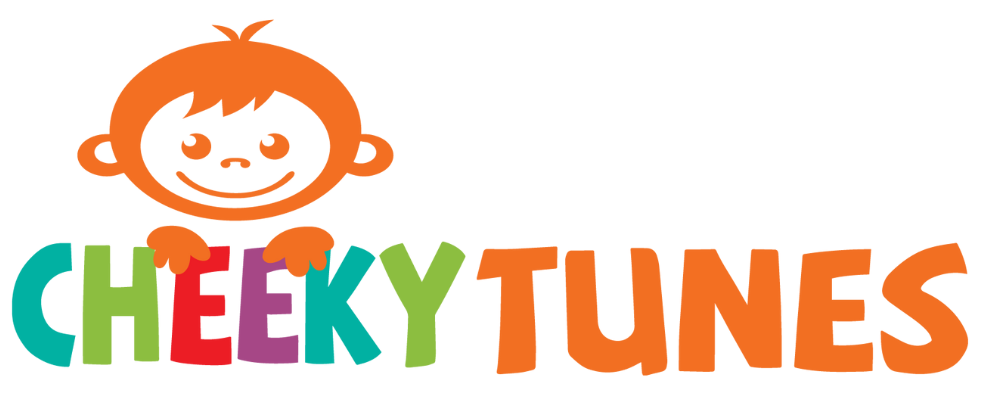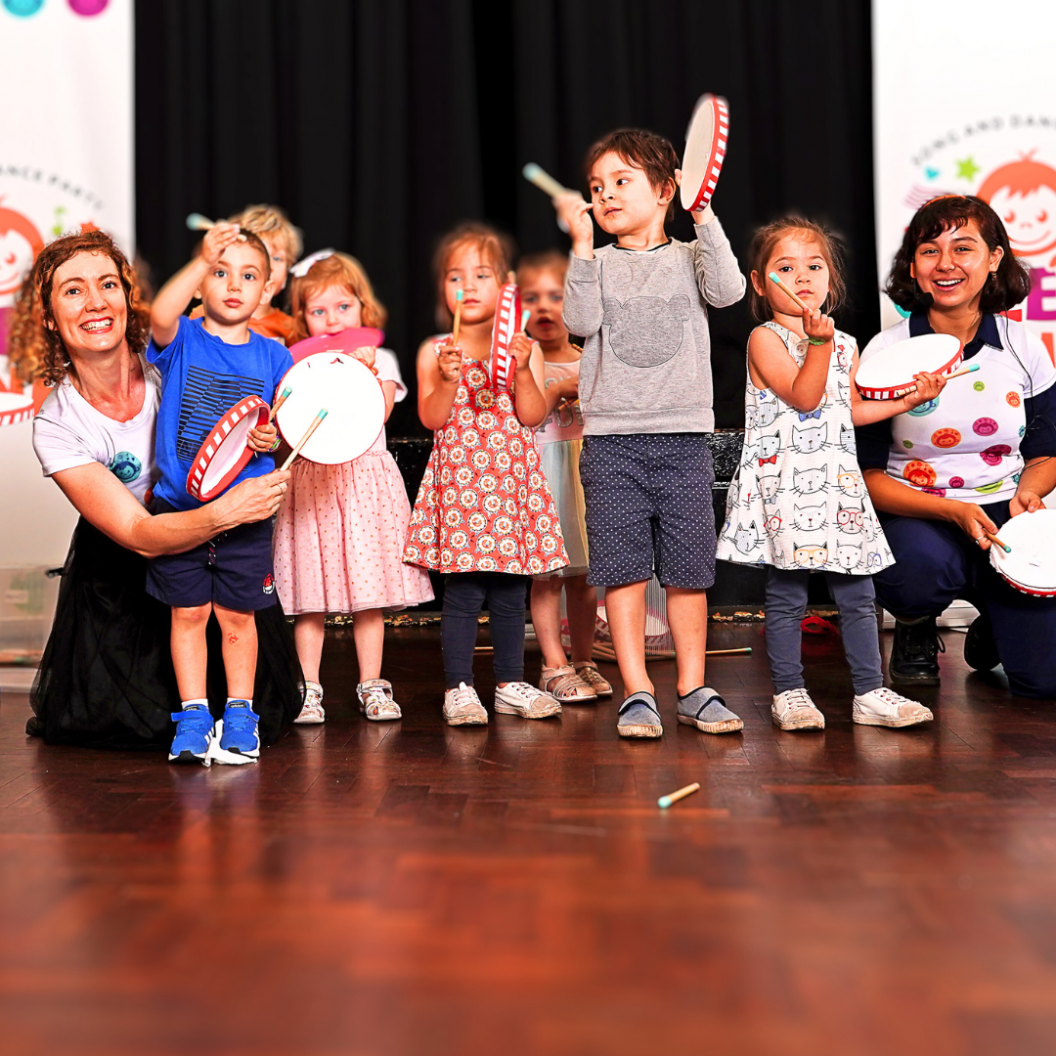A well-designed preschool music program can have a profound impact on a child’s development. It not only introduces them to the world of music but also fosters creativity, cognitive skills, social interaction, and self-expression. Let’s explore 10 most important elements needed to create a successful preschool music program that engages and educates young learners.
1. Repetition:
Children thrive on repetition as it helps them learn and memorise. By repeating songs and activities, children become familiar with them, boosting their confidence and empowering them to actively participate in musical experiences.
2. Variety:
While repetition is crucial, introducing variety is equally important. By gradually incorporating new and fresh activities, educators can maintain children’s interest and provide them with enjoyable challenges, ensuring continued engagement and growth.
3. Musical Instruments:
Each child should have access to their own musical instruments. This hands-on experience allows them to create sounds independently, enhancing confidence and developing valuable skills such as gross and fine motor skills, dynamics, and rhythm.
4. Props Play:
Music isn’t limited to instruments; props play a vital role in enhancing children’s participation. By providing props like dolls, capes, or animal costumes, children can physically engage with the music, fostering confidence and imagination.
5. Live Performers:
Inviting live performers to the preschool setting enriches the children’s musical experiences. Watching and participating in performances promotes active engagement, audience etiquette, and appreciation for music, leaving a lasting impact on their overall development.
6. Professional Performers:
While teachers and educators play an essential role in the program, having external professional performers adds a unique dynamic. Their sole focus on music education creates a different experience for the children, further nurturing their passion for music.It also helps children develop the skill of how to be an audience member.
7. Foreign Language:
Exposing children to music in different languages benefits their cultural awareness and appreciation. Singing in other languages broadens their worldview, encourages pronunciation practice, and instills an early appreciation for diversity.
8. Dance and Movement:
Encouraging children to move and dance to music not only makes it enjoyable but also serves as great exercise. Through movement, children develop a deeper connection with music, learning rhythm, coordination, and a love for active participation.
9. Indigenous Perspective:
Infusing language, perspective, and music from indigenous cultures into the program enriches children’s understanding of diversity and respect for first Nations Cultre. Incorporating these elements authentically and meaningfully helps weave an appreciation for different cultural heritages into their daily lives.
10. Loving Boundaries:
Providing a structured and safe environment is crucial for effective learning. Establishing loving boundaries allows children to know what is expected of them while still fostering excitement, enthusiasm, and creativity. Striking a balance between structure and freedom promotes optimal engagement and growth.
A well-rounded preschool music program encompasses a combination of repetition, variety, hands-on experiences, live performers, exposure to different languages, dance, and an appreciation for diverse perspectives. By considering the individual learning styles and needs of each child, educators can create an environment where young learners thrive and develop a lifelong love for music.

